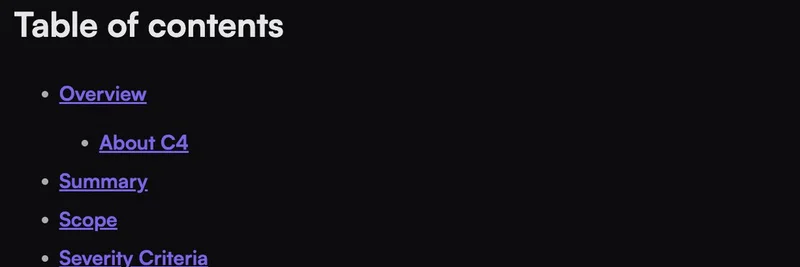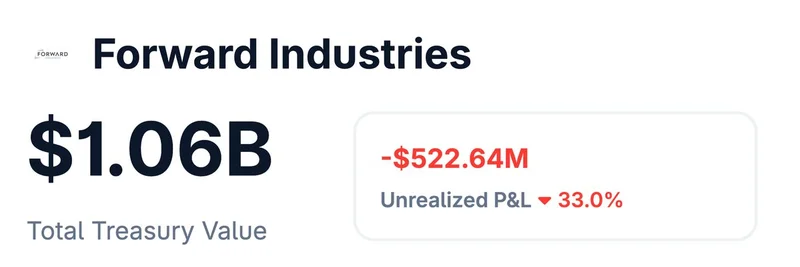Hey there, meme enthusiasts and blockchain builders! If you're deep into the world of Solana and meme tokens, you've probably heard of Meteora – that slick decentralized exchange (DEX) protocol that's all about dynamic liquidity and fair token launches. Well, buckle up because Code4rena, the go-to platform for competitive smart contract audits, just dropped their report on Meteora's Dynamic Bonding Curve. Announced via a tweet from @code4rena, this audit uncovers some eye-opening findings that could shake up how we think about secure token launches.
For the uninitiated, a Dynamic Bonding Curve is basically a smart contract mechanism that automatically adjusts token prices based on supply and demand. It's like a built-in market maker that helps bootstrap liquidity for new tokens – super popular for meme coin launches where hype can skyrocket prices overnight. Meteora's version aims to make these launches sniper-resistant, meaning it tries to prevent bots from gobbling up tokens right at the start.
The audit, which ran from August 22 to September 12, 2025, was no small feat. Code4rena's "wardens" – that's what they call their security researchers – dove into the Rust-based Solana program, scrutinizing everything from code logic to potential exploits. The full report is available here, and it's a must-read if you're building or investing in this space.
Key Takeaways from the Audit
No high-severity bugs were found, which is a win for Meteora's team – shoutout to @MeteoraAG for prioritizing security. But there were two medium-risk issues that could have real-world impacts, especially in the volatile meme token arena where every edge counts.
Swap Rate Limiter Bypass Vulnerability
One of the standout findings is a bypass in the swap rate limiter. This feature is designed to limit how many swaps (trades) can happen in a single transaction, helping prevent snipers from dominating launches. But here's the catch: the validation code only checks for one type of swap instruction, missing another called "swap2." Sneaky attackers could bundle multiple swaps into one transaction, essentially dodging the anti-sniping measures.
In plain terms, this means someone could dump a ton of tokens faster than intended, potentially crashing prices right after a meme token goes live. The proof-of-concept showed three swaps sneaking through in one go – not catastrophic, but enough to give bots an unfair advantage. The fix? Just add a check for that second discriminator in the code. Simple, but crucial for maintaining fair play in meme launches.
Zero-Fee Trades Under Specific Conditions
The other medium-risk bug allows for zero-fee trades when certain parameters are set to zero. Meteora's fee structure includes a "cliff fee" that's supposed to ensure at least a 0.01% base fee. But the validation logic skips checking this when the rate limiter is off, leading to free rides on trades.
Why does this matter for memes? Fees are how protocols make money and sustain liquidity. Zero fees could lead to abuse, like spam trades or arbitrage exploits that drain value without contributing back. Again, the recommendation is straightforward: beef up the validation to enforce that minimum fee, no exceptions.
Lower-Risk Issues and Quality Assurance
Beyond the mediums, there were 13 low-risk and non-critical issues flagged. These aren't showstoppers but highlight areas for polish, like using magic numbers in code (those hardcoded values that make maintenance a headache), missing signer checks that could allow minor griefing, and even duplicate error messages that confuse debugging.
The QA section, handled by warden Almanax, digs into things like admin bypass risks in local testing environments and the need for better documentation on Token2022 extensions. If you're a dev, these are gold – they point to best practices that prevent small slips from becoming big problems down the line.
Centralization concerns popped up too, like hard-coded admin keys without multisigs. In the meme world, where rugs and hacks are all too common, shifting to governance PDAs (program-derived addresses) could add that extra layer of trust.
What This Means for Meme Token Creators and Traders
As someone who's seen the highs and lows of crypto media, I can tell you audits like this are a big deal. Meteora's Dynamic Bonding Curve is tailored for fair launches, which is perfect for meme tokens aiming to build organic communities without bot interference. Fixing these issues will make it even stronger, potentially setting a new standard for Solana-based DEXes.
If you're launching a meme token, take note: always audit, and consider platforms like Code4rena for that community-driven scrutiny. For traders, this report underscores the importance of checking protocol security before diving in – no one wants to get rekt by an overlooked bug.
Meteora's team has already shown commitment by sponsoring this audit, and with these fixes, their bonding curve could become a go-to for secure, hype-resistant launches. Stay tuned to Meme Insider for more breakdowns on how tech like this shapes the meme economy.
Got thoughts on this audit or ideas for your next meme project? Drop us a line – we're all about building a smarter blockchain community.



